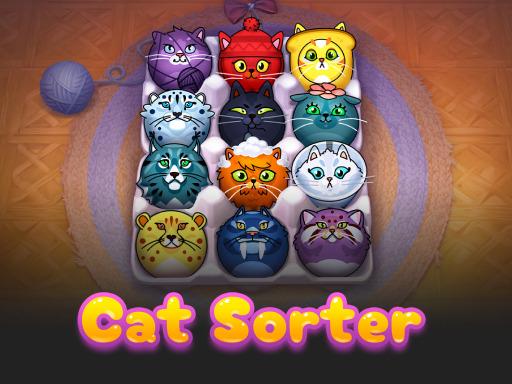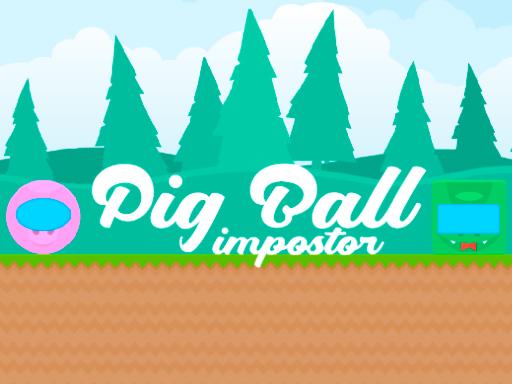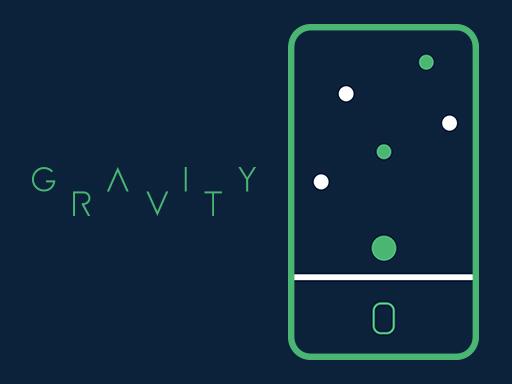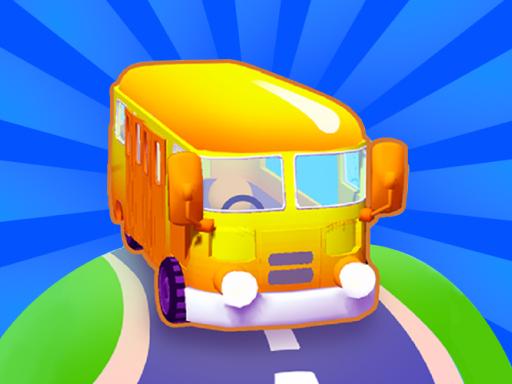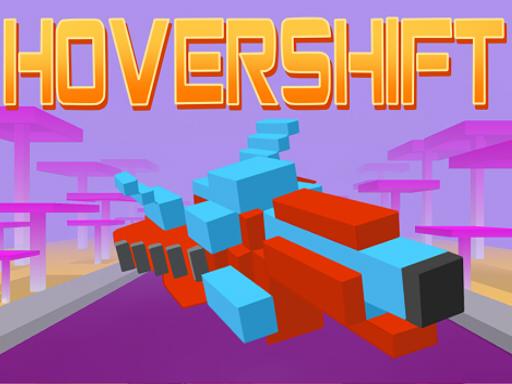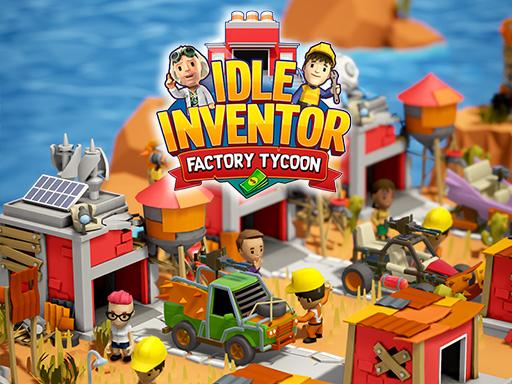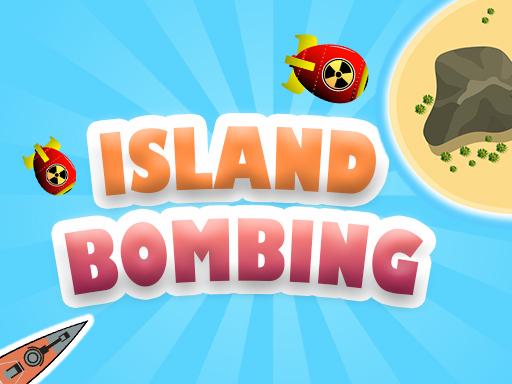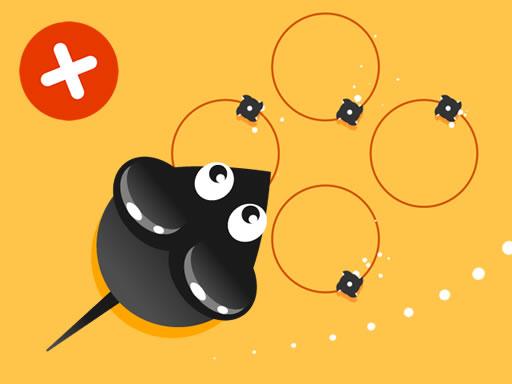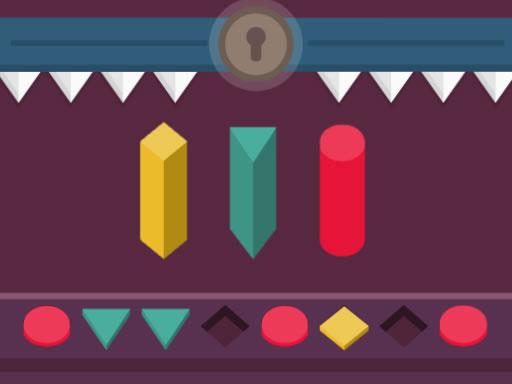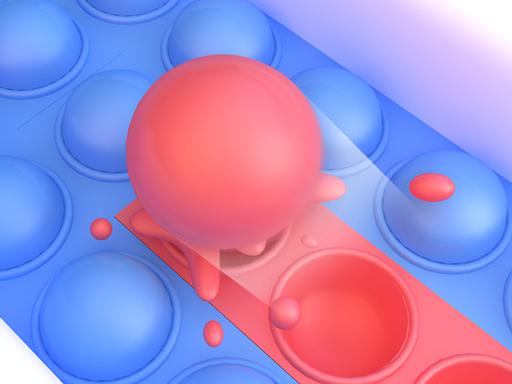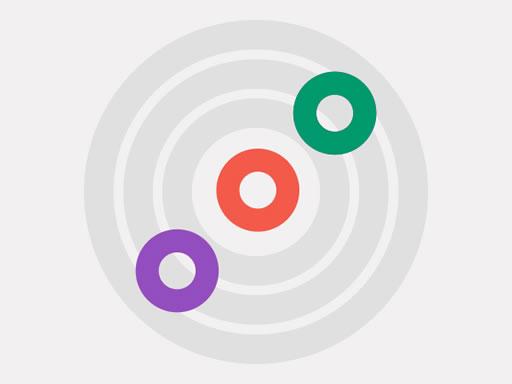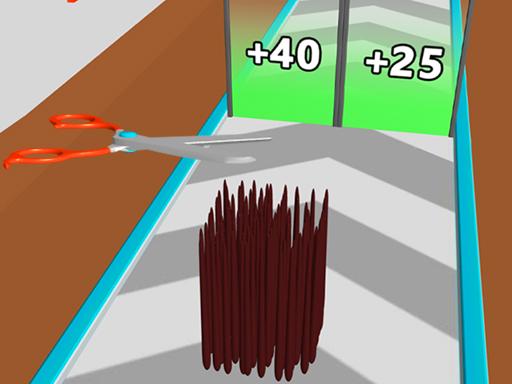New Games
GRAVITY
Introduction and How to Play Gravity
Gravity is an intriguing and visually appealing physics-based puzzle game that tests players’ understanding of the fundamental force of gravity and how it influences objects in motion. In this game, players are challenged to navigate various levels where they must manipulate gravity to move objects, avoid obstacles, and solve complex puzzles. As the game progresses, it introduces more advanced mechanics, encouraging critical thinking and creative problem-solving.
If you’re a fan of physics puzzles or games that require clever manipulation of the environment, Gravity is a great game to dive into. The mechanics are intuitive, but mastering them will take time, making it perfect for players who enjoy a challenge.
Game Overview
Gravity is built around the core concept of physics and the manipulation of gravitational forces. Each level presents a unique set of obstacles and objectives where the player needs to use gravity to guide objects through the environment. The game starts with relatively simple mechanics but becomes more complex and challenging as you progress.
The objective is to complete each level by moving objects, collecting items, or reaching a certain goal, all while managing the gravitational forces that influence the movements of the items you control. Whether you’re tilting the game world, switching gravity directions, or manipulating other forces, your goal is to think creatively and strategically to overcome the challenges.
How to Play Gravity
1. Getting Started
When you begin Gravity, you will encounter a simple yet functional interface. The game mechanics are based on the player’s ability to interact with the gravitational forces in the environment. Each level has a set of challenges that can be completed by leveraging these forces.
- Objective: The goal is to solve each level by manipulating gravity to move objects or navigate obstacles. Some levels may require you to move an object to a specific location, while others may involve collecting certain items or avoiding hazards.
- Controls: The controls for Gravity are simple but effective, often relying on gestures or clicks to control the direction and intensity of gravity.
- Tilt: In many levels, you will need to tilt the environment (up, down, left, or right) to change the direction of gravity.
- Press or Swipe: Some levels may require you to press or swipe to change gravity in specific directions or to activate certain mechanisms in the environment.
- Adjust Gravity: As you progress, you’ll have the ability to adjust the strength of gravity or switch its direction, allowing you to move objects or yourself through the level.
2. Game Mechanics
The gameplay in Gravity revolves around your ability to control the gravitational forces acting on objects within each level. Here’s a breakdown of the common mechanics and how they work:
- Gravity Shifts: At the heart of the game is the ability to shift gravity. You might be tasked with flipping the direction of gravity to make an object fall in a particular way or to move it toward a goal. Gravity shifts are essential to solving puzzles and progressing through levels.
- Object Manipulation: Some levels involve manipulating objects that are affected by gravity, such as blocks, balls, or characters. You must use the right timing and control to guide them safely through obstacles or to specific destinations.
- Physics-Based Obstacles: Many levels are filled with obstacles that interact with gravity. For example, objects may roll, fall, or move differently depending on the gravity direction you set. Some obstacles might be fixed, while others move based on gravity, requiring you to anticipate and react accordingly.
- Puzzle Elements: The game’s puzzles may involve a combination of gravity manipulation, timing, and problem-solving. Some puzzles require you to figure out how to make an object reach a destination, while others might involve collecting certain items or avoiding traps.
3. Progression and Difficulty
As you advance in Gravity, the levels become increasingly challenging. Initially, the puzzles are simple and straightforward, but later levels introduce more complex elements such as moving platforms, multiple gravity shifts, and obstacles that require precise timing to navigate.
- Early Levels: At first, you will be introduced to basic concepts such as tilting the environment to make objects fall in the correct direction. These early levels allow you to familiarize yourself with the mechanics and get comfortable with the gravity manipulation.
- Intermediate Levels: As you progress, new mechanics will be introduced, and the puzzles will require more strategic thinking. You may need to use gravity in conjunction with other elements, such as pressure plates or switches, to progress.
- Advanced Levels: In the later stages of the game, the levels become more intricate, requiring you to think several steps ahead. You may need to manipulate gravity multiple times in quick succession or combine gravity changes with other elements to solve the puzzle.
4. Tips and Strategies for Success
Here are some strategies to help you master Gravity and overcome even the toughest puzzles:
- Plan Ahead: Gravity is a powerful force, but you’ll need to plan how to use it effectively. Think about how changing the direction of gravity will impact the movement of objects and the layout of the level.
- Observe the Environment: Take a moment to observe the level before making any moves. Pay attention to how different objects and obstacles are positioned, as this will give you clues on how to approach the puzzle.
- Experiment: Don’t be afraid to experiment with different gravity directions and object placements. Sometimes the solution to a puzzle is found through trial and error.
- Take Your Time: Some puzzles require careful planning and timing. If you rush through a level, you might miss key details that could help you solve the puzzle more efficiently.
- Use Gravity Multiple Times: Many levels require you to shift gravity multiple times. Use this to your advantage and consider how shifting gravity in different directions can lead to better outcomes.
5. Why Play Gravity?
Here are some reasons why Gravity is a fun and engaging game to play:
- Challenging Gameplay: The game presents unique physics-based puzzles that challenge your thinking and problem-solving skills. Each level offers new challenges, ensuring the gameplay stays fresh and engaging.
- Physics Fun: If you enjoy physics-based puzzles or games, Gravity offers an exciting and enjoyable experience that will keep you hooked as you explore the different forces at play.
- Progressive Difficulty: The game starts easy and gradually introduces more difficult mechanics and puzzles, making it accessible for beginners but still offering plenty of challenges for experienced players.
- Casual Play: The controls are simple enough for casual play, making Gravity an excellent game for short gaming sessions. It’s perfect for picking up and playing whenever you want to unwind or challenge your brain.
Conclusion
Gravity is an engaging physics-based puzzle game that challenges players to think creatively and manipulate gravitational forces to solve complex puzzles. With its intuitive controls, progressively difficult levels, and unique challenges, the game provides an entertaining experience for puzzle enthusiasts. Whether you’re a fan of physics games or just enjoy solving tricky puzzles, Gravity is an excellent choice to test your skills and keep your mind sharp. So, if you’re ready to harness the power of gravity and overcome fascinating obstacles, give Gravity a try today!
Instructions
Dodge obstacles and hit targets to accumulate points.
 Home
Home Popular Games
Popular Games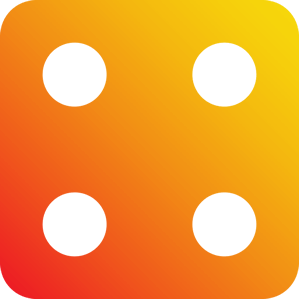 Categories
Categories